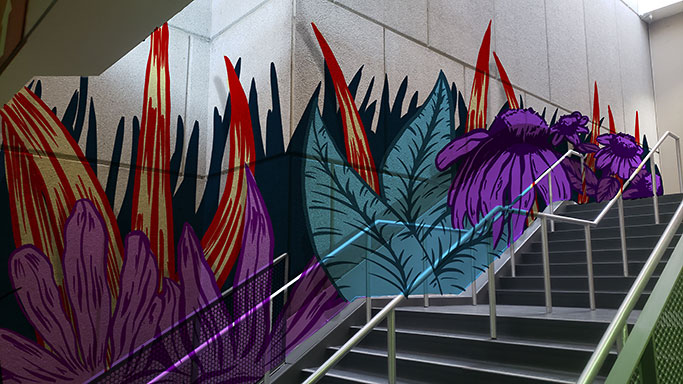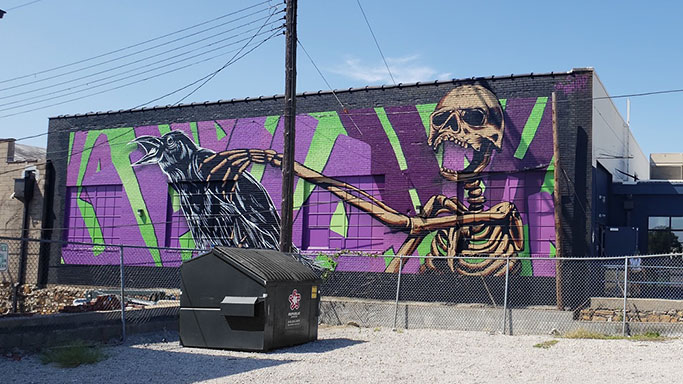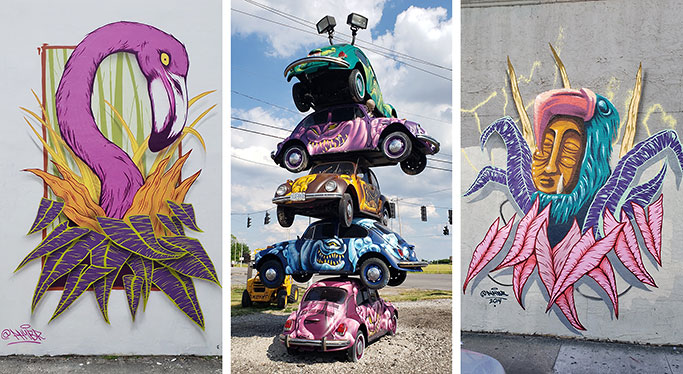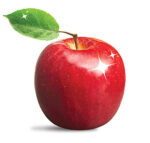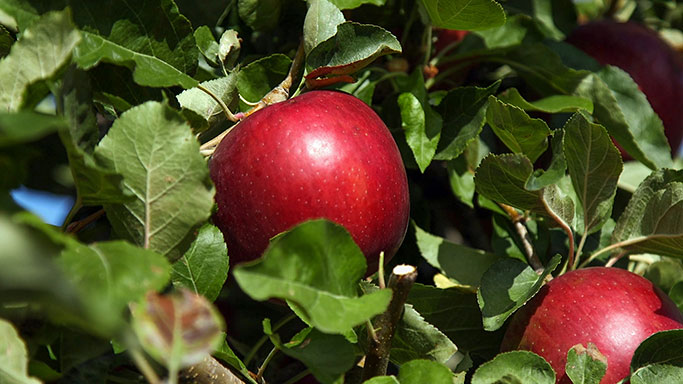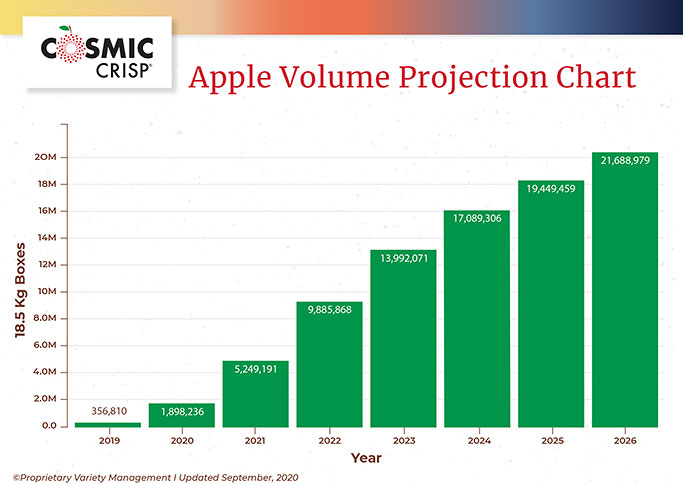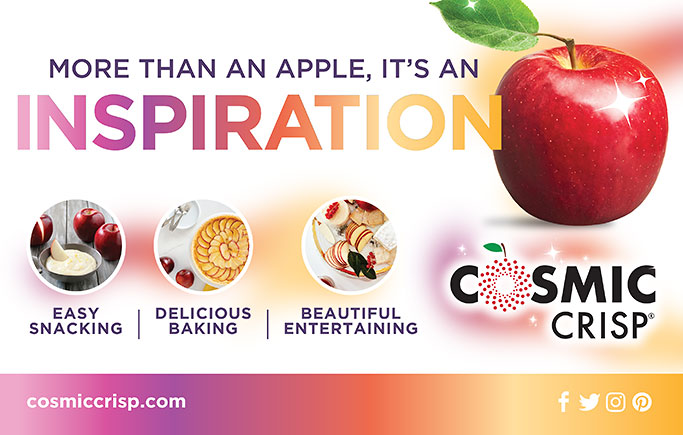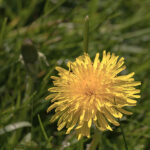I’ve noticed over the last several years that it doesn’t matter whether it’s a Starbucks, Dunkin Donuts or Michigan-based Biggby, the lines in the morning are outrageous. No matter how fast your favorite shop can get you through, you’re spending time in a line waiting. As I sat in line for 15 minutes one morning, mindlessly scrolling through social media, I realized that I wasn’t efficiently using my time. And while I don’t have to be hustling all the time, this was a poor choice for me, personally.
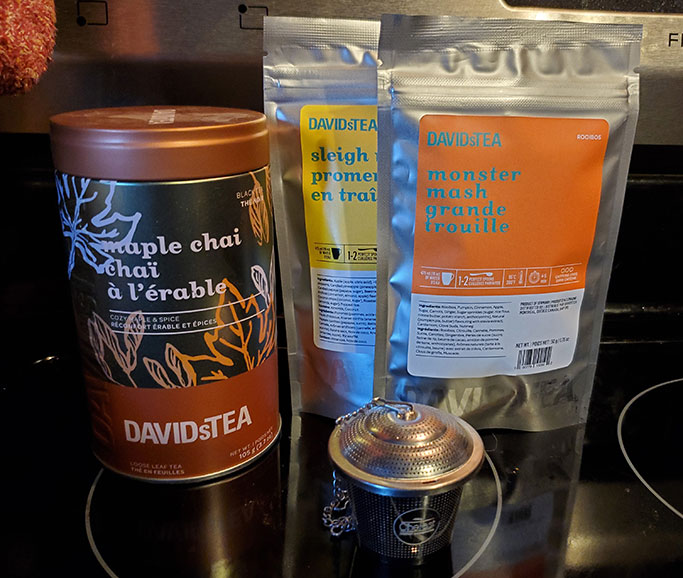
Where are the black holes in your day that you lose time? (Which is money, right?) How can you optimize these moments to better use your time? For me, that coffee shop line turned into an investment in fancy loose leaf teas and infusers for home and time to load the dishwasher while that tea is steeping, leading to clean dishes when I get home from work. The satisfaction gained from this very small routine change has led me to look at other areas to streamline.

How can you invest better in your time?
I started by looking at times of my day that are not pleasant or useful to me. But, of course, it’s all a personal choice. If you enjoy those minutes in the coffee shop line, to center and think about the day ahead, by all means, continue to enjoy it. But if you hate sitting there, then it’s time to make a change.
Once you’ve identified a time, you must decide if you need to streamline the process or cut it out. In the case of the morning coffee or tea, many of us need it. So, that is an area we can try to improve. However, some things, like playing 30 minutes of Candy Crush before bed can simply be removed. I find I am a lot happier with an extra half hour of sleep than a pile of candy rubble. I needed to stop that habit completely.


Now is the time for action! It’s time to implement a plan to streamline or stop losing time. In the case of the tea, I had to invest in the infusers and a teapot and be sure I’m stocked with supplies, such as travel mugs and tea. However, in the case of unwanted gaming, I deleted the app off my phone, so I don’t slip back into the habit.
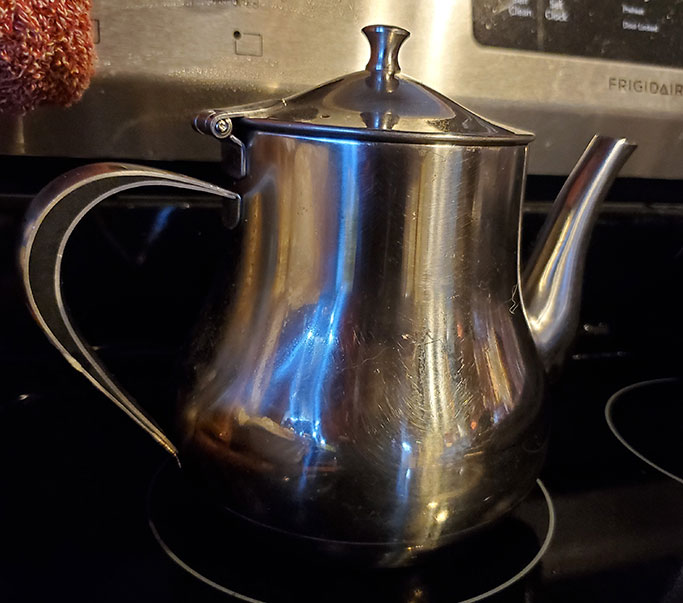
The most important thing to remember is that if you get off track, you can always start over, go back and recommit to improving your time management. You can always treat yourself to a coffee shop once in a while, but if you realize that it’s become a habit again, go back and reacquaint yourself with new flavors in the tea or coffee section of the grocery store to rekindle your interest in steeping or brewing at home.
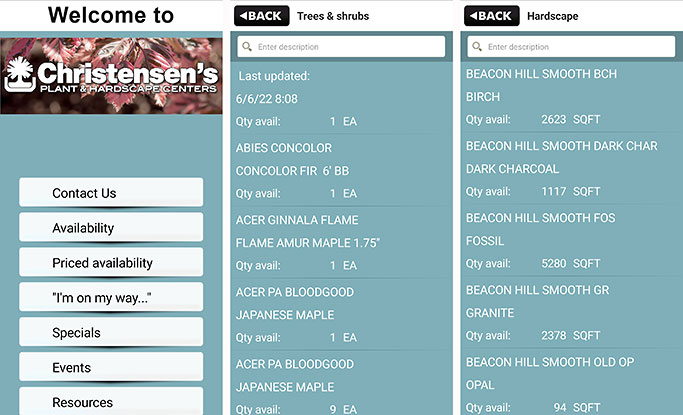
So, you’re probably wondering how this applies to Christensen’s, since this is our newsletter. Well, I’m glad you asked. Our Christensen’s App is available for free and can be used to look at availability and prices. It’s a shortcut that can save you a phone call and some time. You can also call, e-mail, or text your order ahead of arrival. When the order is in the system, we can assist you quicker. We know you love seeing our friendly staff at the Plant and Hardscapes Centers, but we can get you moving faster if we know you’re coming. We want to help you optimize your time.






